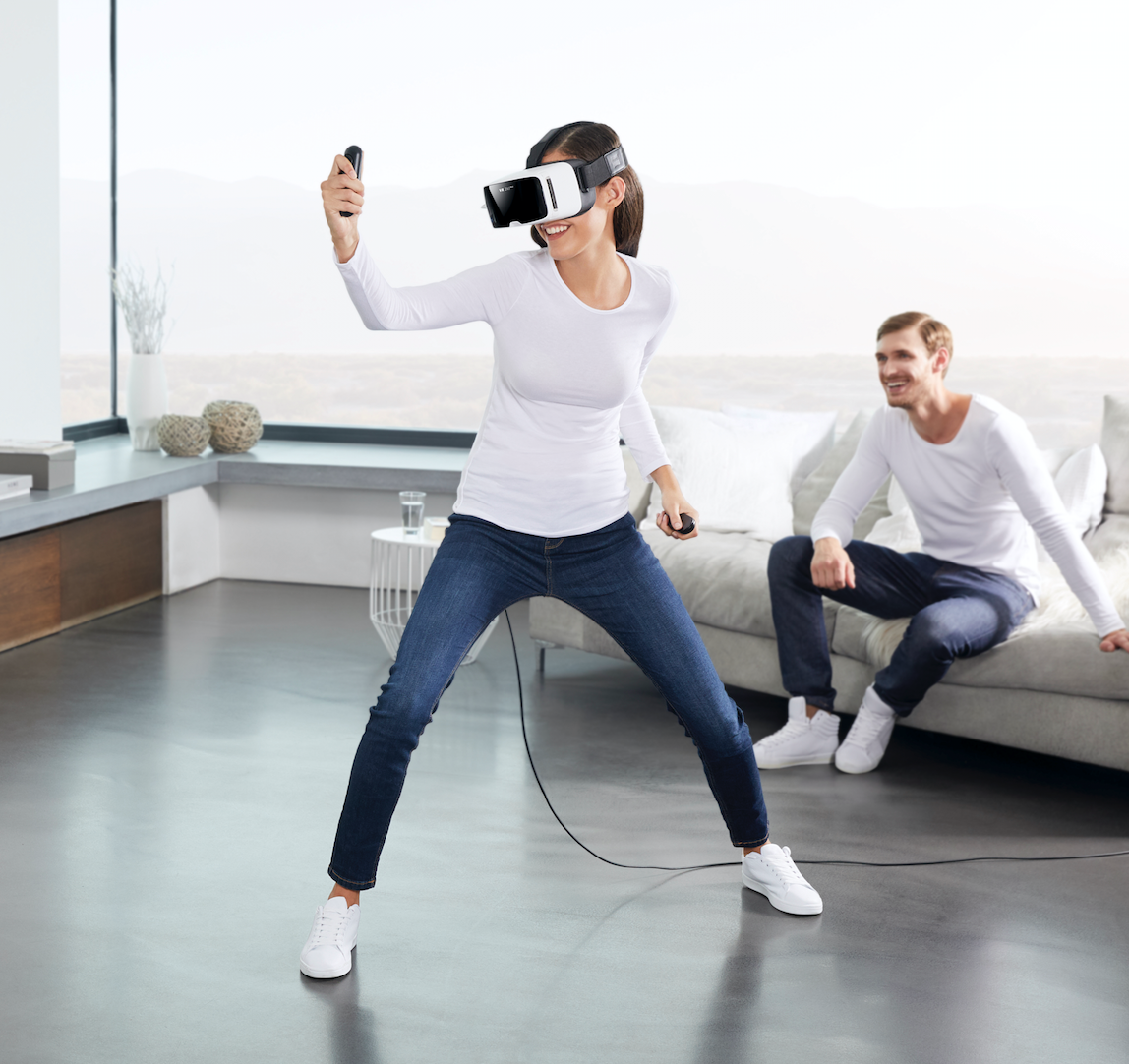
Through concepts of the 6DoF (six degrees of freedom) and 3D space, options to support motion tracking fall into 2 groups, optical and non-optical tracking. The thing is, that without motion tracking you’d be limited in VR – unable to look around and move around. Though not engineered and implemented well enough yet, motion tracking would raise VR to a totally new level.


The major benefit of this technology is to get a more realistic and deeper field of view. Some headsets contain an infrared controller that tracks the direction of your eyes inside a virtual environment. 50 milliseconds or less, otherwise, users will notice the lag between head movements and a simulation. It assigns X, Y, Z axis to directions and movements, and involves tools like accelerometer, gyroscope, a circle of LEDs (around the headset to enable the outside camera). The head tracking system in VR headsets follows the movements of your head to sides and angles. There’s a good enough choice of headsets as well.įor more basics of VR, and how you can explore it, watch this dope and simple explanation with fun facts along.įor user interaction there are several options: Yet, the VR visionaries are confident of overcoming such issues sooner or later, campaigning for the concept and collecting investments in millions. The virtual experience like 360-degree videos and pictures, VR apps and games, are already available. For example, the human visual field doesn’t work as a video frame, and besides about 180 degrees of vision, we also have a peripheral vision. That is not easy, and this “immersion” issue is what still holds virtual reality experiences back from being enjoyable. The main challenge of VR is tricking the human brain into perceiving digital content as real. For this, devices rely on measurements like: VR tools should be providing realistic, natural, high-quality images and interaction possibilities. Currently, such systems include headsets, all-directions treadmills, special gloves, goggles. Virtual reality simulation requires two main components: a source of content and a user device. Computer-generated imagery and content aim at simulating a real presence through senses (sight, hearing, touch).

Virtual reality (VR) is a brand new user interface unlike the conventional one, immersing a person in a digital 3D environment, instead of watching on a display.

So what is VR and how does it work? What is its potential and which VR producers should you follow? What is VR? 100% converted and certain that Virtual Reality is the next big leap, many of them have started producing VR content. On the other hand, many entrepreneurs and tech fans are super-thrilled about VR, expecting it to grant out-of-body experiences. VR challenges include missing engaging content, overcoming ‘nausea’ problem, high cost, the imprudence of cables and devices on ahead.
#Vr supported hardware software
The technology is exciting, though it still has to deliver much more on the hardware and software fronts to gain traction. “Imagine a courtside seat at a game, studying in a classroom of students and teachers all over the world… just by putting on goggles”. Well, at least Mark Zuckerberg described enthusiastically what VR is when buying out Oculus in 2014. The experience of wearing a headset and immersing in virtual worlds is still a new genre unexplored by customers. Without a doubt, Virtual Reality could become the transformative technology one day, though not tomorrow or the next month.


 0 kommentar(er)
0 kommentar(er)
